The world’s population was 1.8 billion (it is now over eight billion).
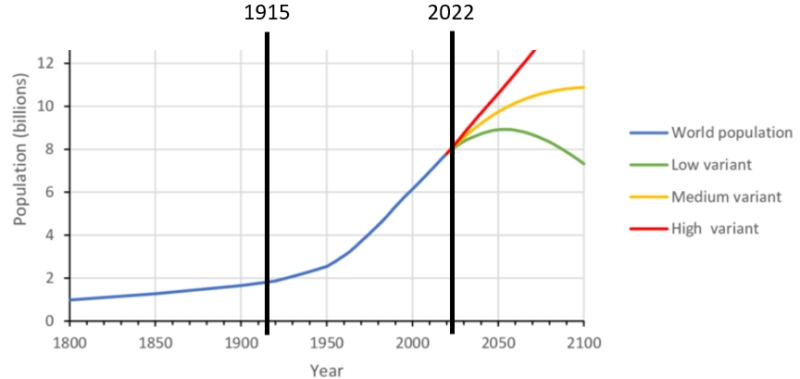
Much of the world’s territory was controlled by empires and colonial powers.
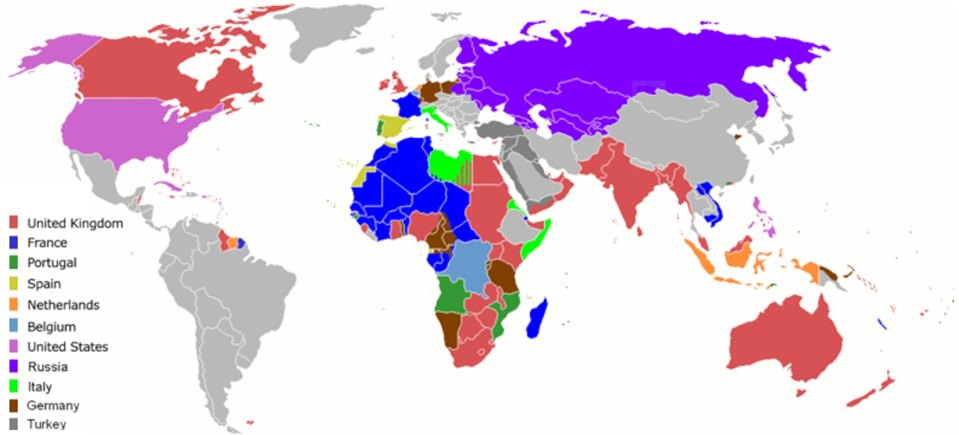
War had broken out in July 1914 after Archduke Franz Ferdinand, heir presumptive to the Austro-Hungarian throne, was assassinated in Sarajevo, Bosnia, by a Serbian revolutionary.
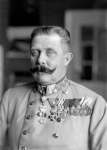
Cars were becoming widely available after the introduction of mass production by the Ford Motor Company with its Model T in 1908.
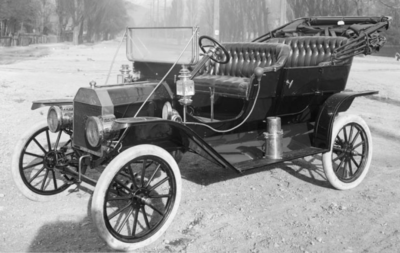
Aviation had progressed from the Wright brothers’ first flight in 1903 to biplane fighters and airships.
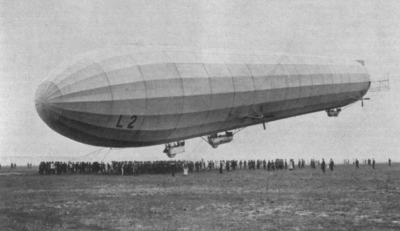
Steamship routes around the world were well established.
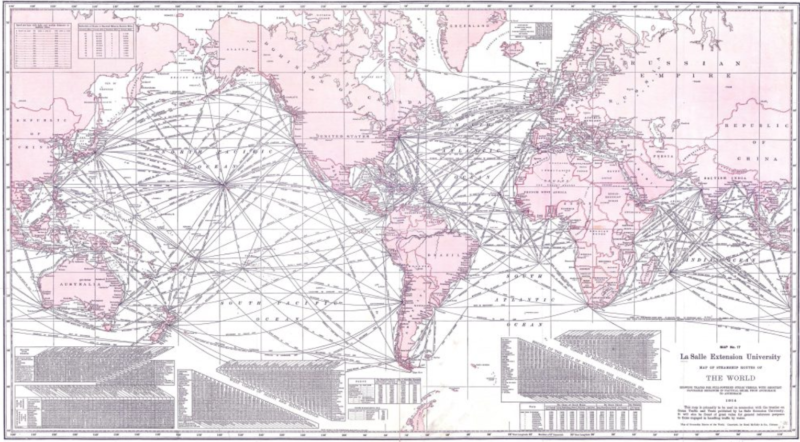
Similarly, rail networks were already well developed in many countries.

Long-distance communications could be sent by a network of telegraph cables, using Morse code. Wireless telegraphy was in its early stages. Mass news distribution was by newspaper (the first BBC daily news broadcast by radio did not take place until 1923).
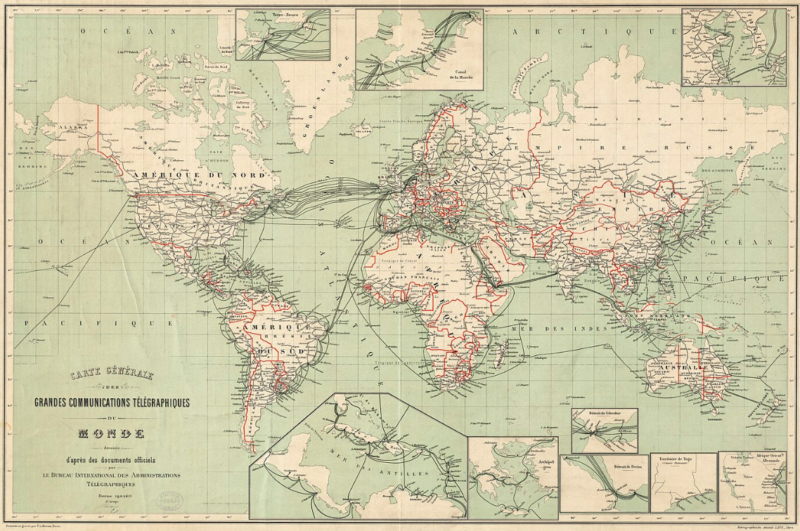
Medicines included general and local anaesthetics but antibiotics were not widely available until after the discovery of penicillin in 1928 by Alexander Fleming.
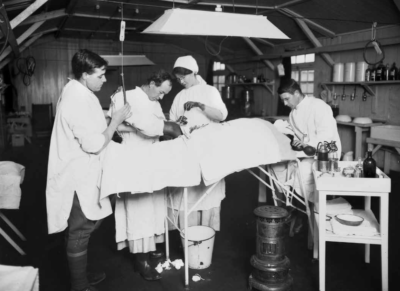
The most lethal weapons were artillery guns; the most common were rifles. Other weapons included torpedoes, grenades, bayonets, flamethrowers and chemical weapons.
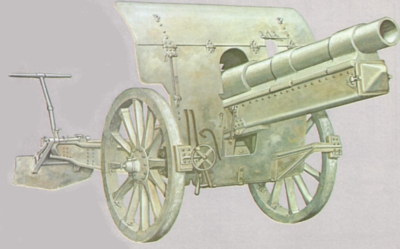
See also